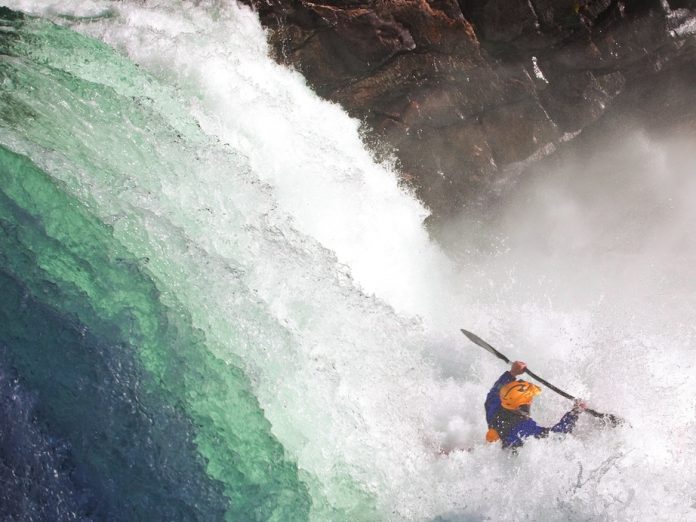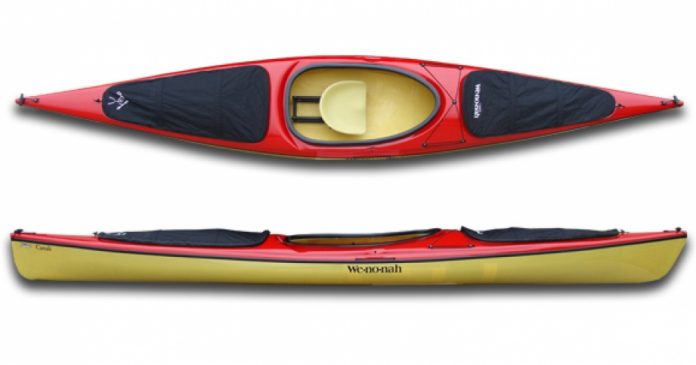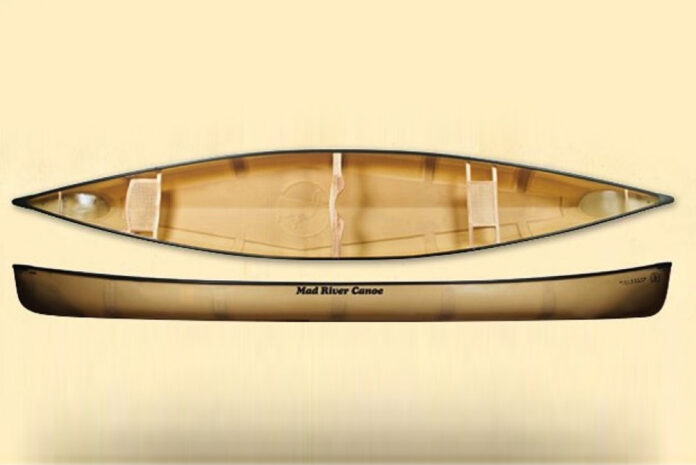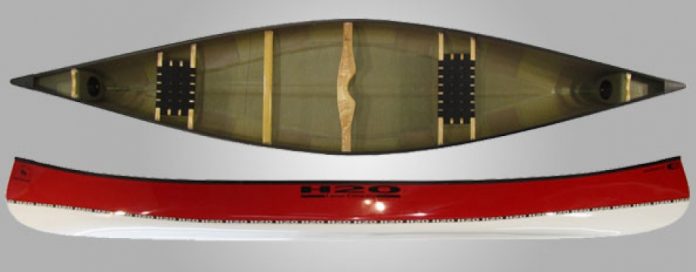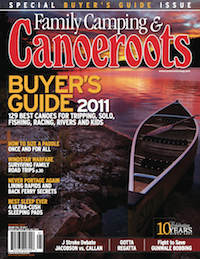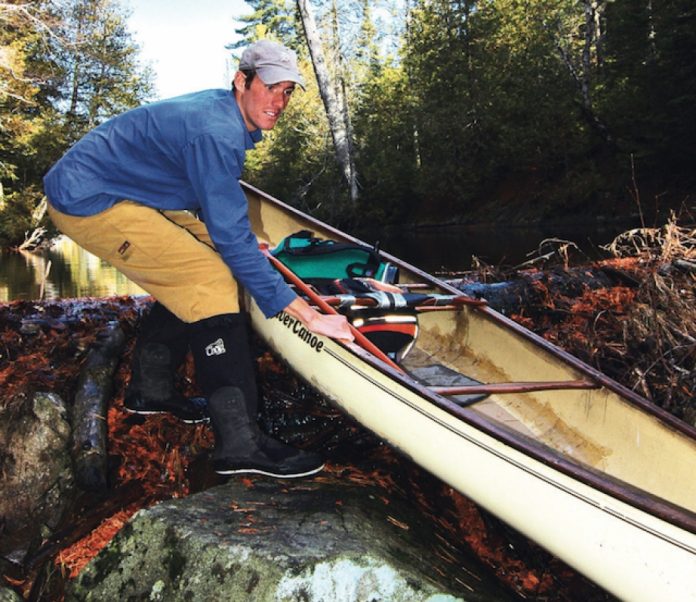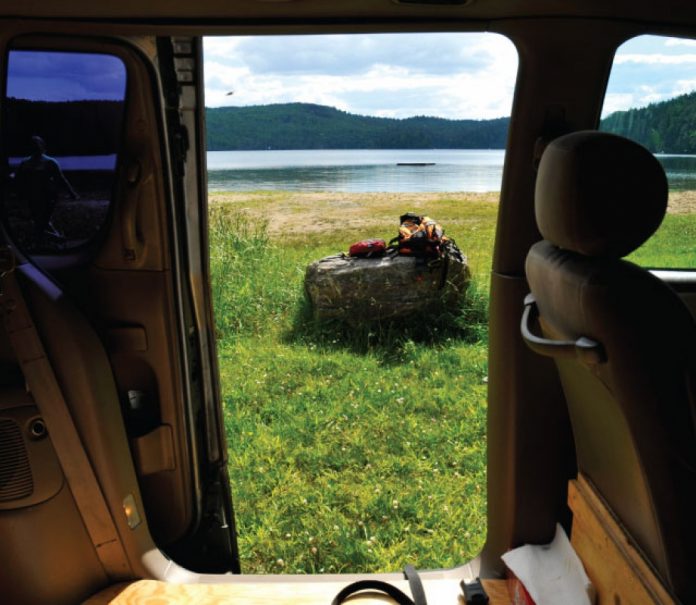This techniques article featuring tips for escaping sticky hydraulics was originally published in Rapid magazine.
At some point in your paddling career you’ll find yourself stuck in a hole. Once there, you need to know how to get out, ideally while staying in your boat. If you’re upside down, start by using the re-circulating water to your advantage to roll upright. A small paddle motion and hip flick on your downstream side should be enough—a large and violent attempt is both unnecessary and undesirable.
Now that you can breathe, here’s how to escape the hole:
SURF IT SIDEWAYS
After rolling, tilt and brace downstream to keep the current from flipping you over again. Use a forward or reverse stroke with the brace and your body weight to move your boat forwards or backwards to the sides of the hole—often its weakest points. If you get to the side of the hole, reach for the water outside the hole with your paddle blade—this may help pull you out.
RODEO AWAY
If you can’t surf out the side of the hole, try using the subsurface water. Force one end of your boat underwater as deep as possible, ideally getting your boat into a vertical position. A vertical boat will often stick deep enough into the water to catch the downstream current and flush you out of the hole.
REACH FOR IT
If your boat doesn’t reach down deep enough, try to grab the downstream current with your paddle. Flip upside down in a tucked position and slowly reach a paddle blade towards the bottom of the river. Try to keep your elbows as close to your body as possible to protect yourself. The bigger the hole, the farther you’ll have to extend your arms. Once the downstream-flowing water grabs your blade, hang on and let it pull you and your boat out of the hole.
GET WET
Sometimes, the downstream current is too deep to reach. After all, your boat is designed to stay on the surface. If you’re still stuck, pull your skirt, allowing the boat to fill with water and sink below the surface. If you can, stay in your boat, catch the deep water flowing downstream and ride it out of the hole.
SWIM UNDER
If you do exit your boat and find yourself still in the hole, you’ll need to swim beneath the surface into the downstream-flowing current. As the hole pushes you underwater, tuck into a ball to go as deep as possible and let the water carry you out of the hole where you can resurface in relative safety.
Keep your wits about you and do your best to remain in your boat. Staying calm will help you think clearly and choose the right tactic to make your escape.
Bryant Burkhardt is an ACA Instructor Trainer in both whitewater and coastal kayaking for California Canoe & Kayak, based in Sacramento.
This article originally appeared in Rapid, Fall 2011. Download our free iPad/iPhone/iPod Touch App or Android App or read it here.



